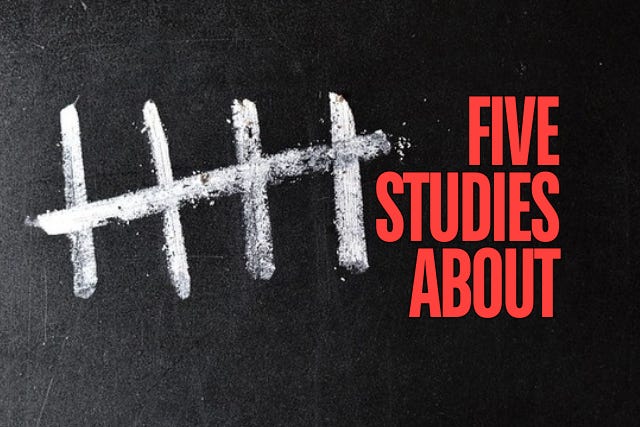What barriers and facilitators have Canadian safer supply pilot programs faced?
According to the first of today's Five Studies About: Toxic Drug Crisis
Welcome to The Art of Explaining Crime, the independent newsletter that helps you think and write about crime.
Published Tuesdays (free) and Wednesdays (paid, more in-depth), Five Studies About is a tip sheet where I curate recent crime and justice studies related to one topic. Today’s topic is the toxic drug crisis.

These new crime studies related to the toxic drug crisis were recently published by journals I monitor:
1. Barriers and facilitators to safer supply pilot program implementation in Canada: a qualitative assessment of service provider perspectives [Harm Reduction Journal]
2. ‘I don’t know what we should have done differently’: A qualitative study on the dilemmas of ‘tough love’ and toxic drugs in British Columbia, Canada [Drugs: Education, Prevention and Policy]
3. Moral foundations underpinning attitudes toward supervised consumption services across Canada’s prairie provinces [Harm Reduction Journal]
4. Is fentanyl in everything? Examining the unexpected occurrence of illicit opioids in British Columbia’s drug supply [Harm Reduction Journal]
5. Differences in overdose rates by gender at supervised consumption services: an explanatory sequential mixed methods study [Drugs: Education, Prevention and Policy]
I might cover some of these studies further in The Practice of Understanding Crime, my newsletter where I report on criminology and criminal justice research. If any sound interesting or important, let me know in the comments.
Five Studies About and Crime Research Update are the output of my research discovery system.

